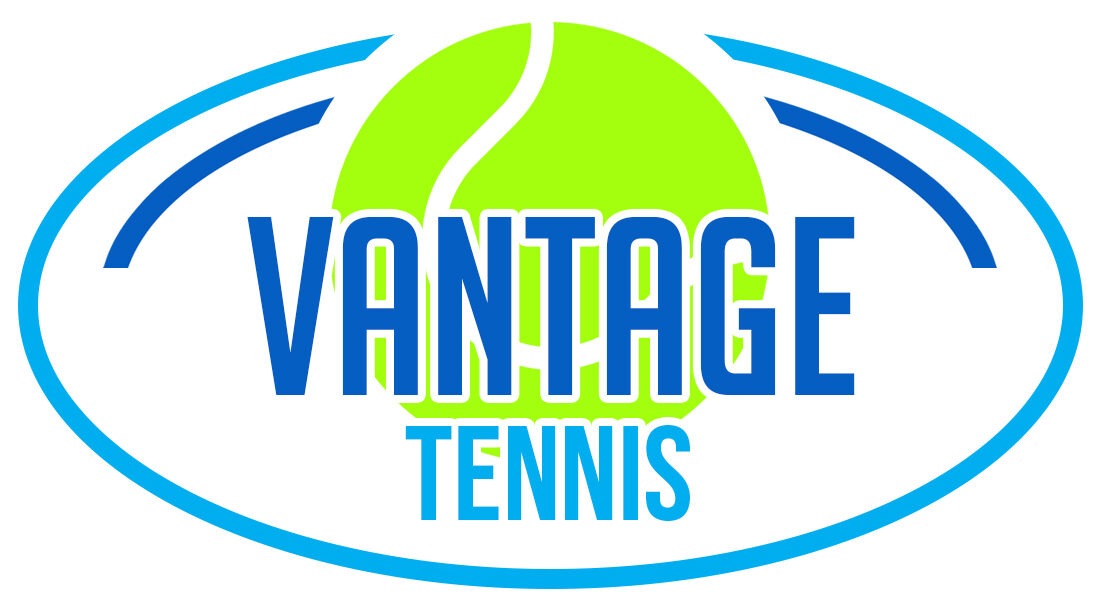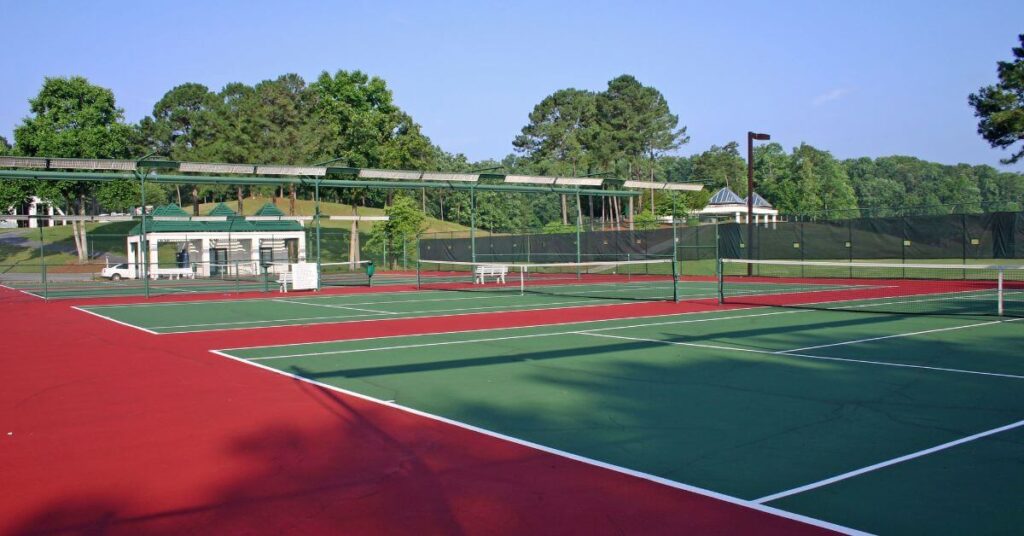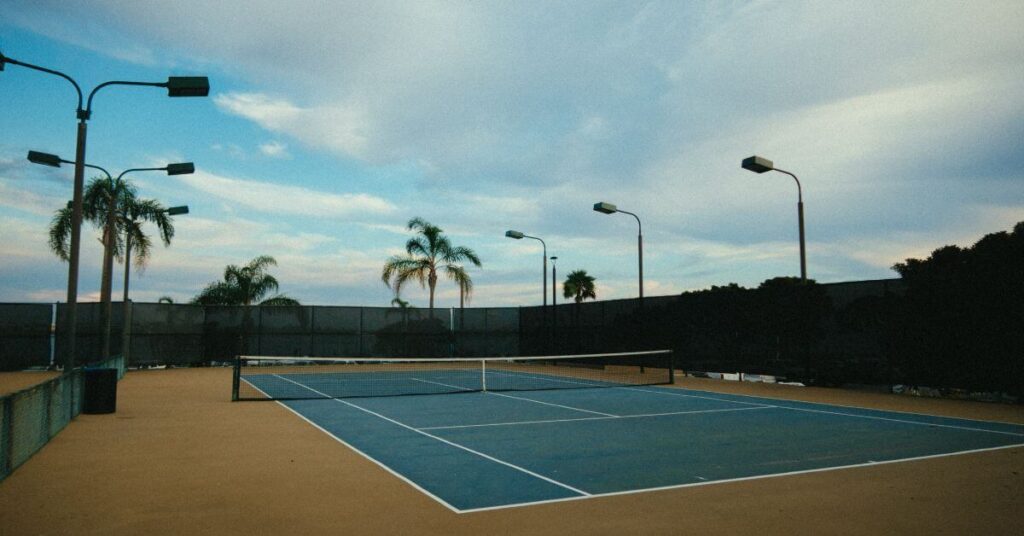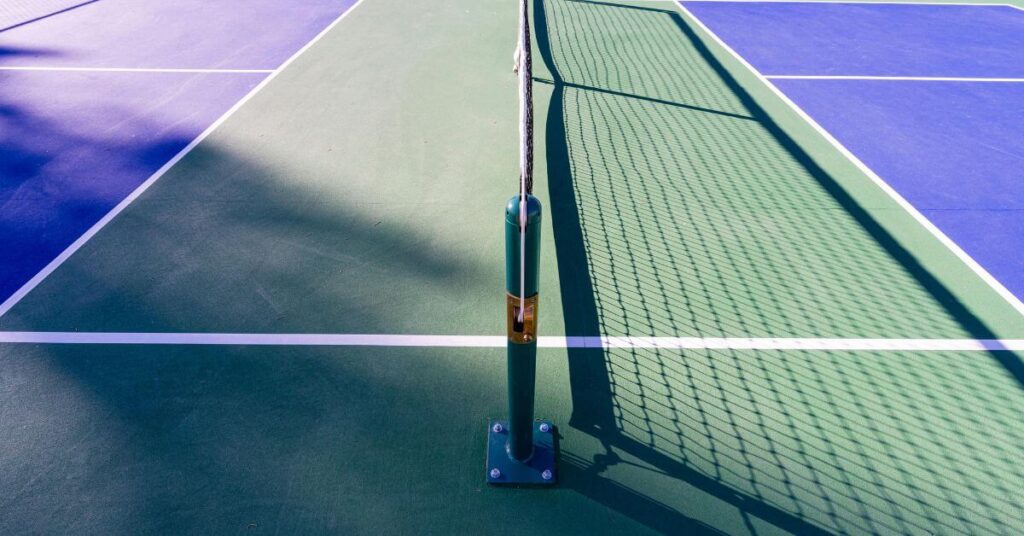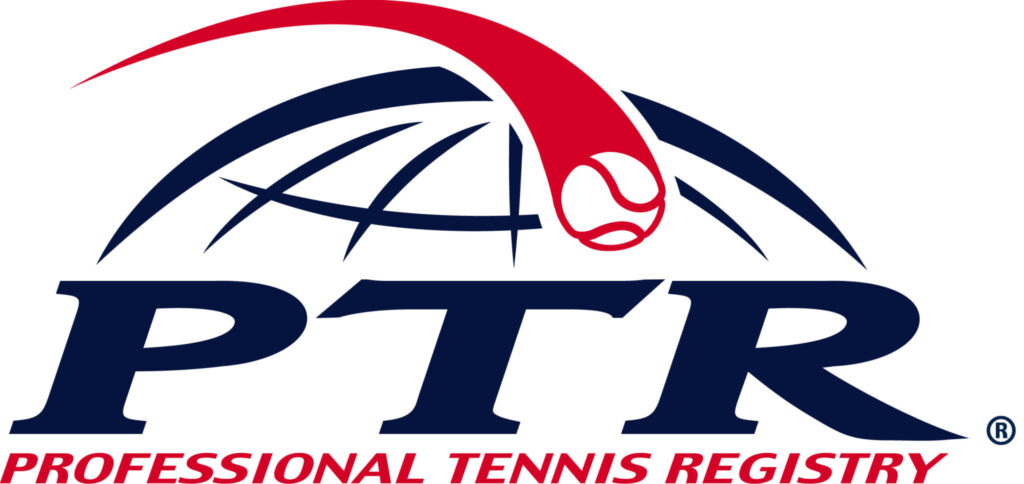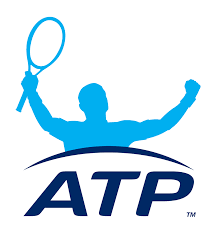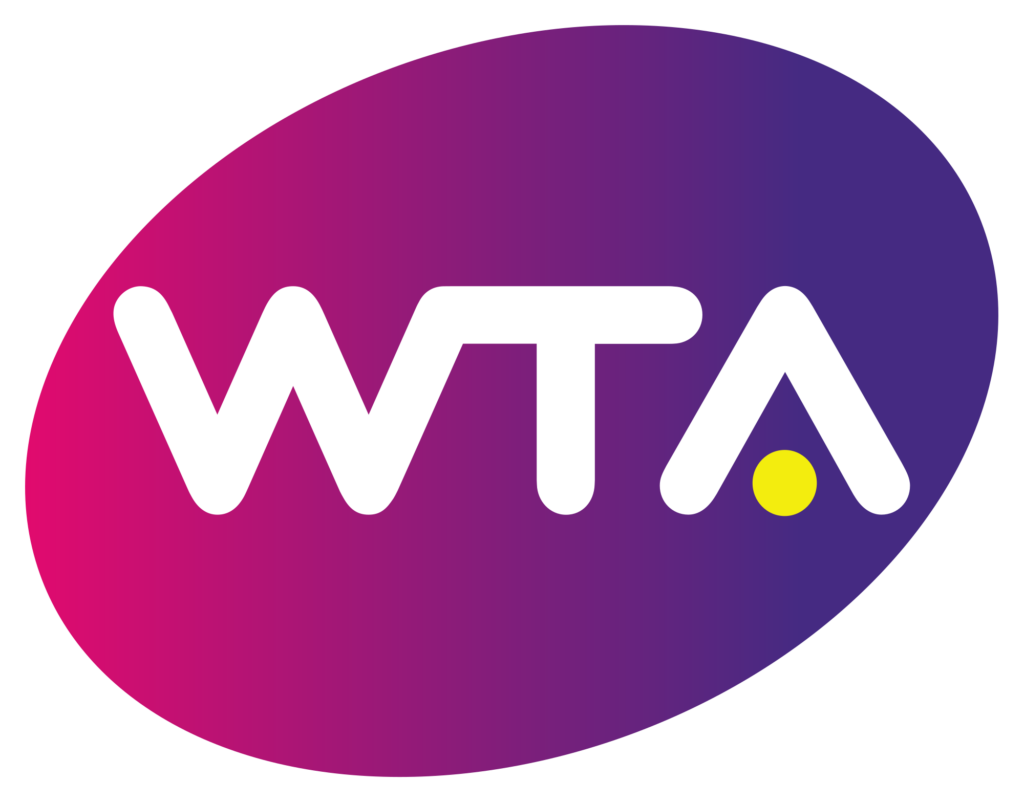Tennis is a game of precision, strategy, and adaptability. Whether you’re playing on clay, grass, or hard courts, each surface demands different techniques and strategies. Understanding the nuances of these tennis court surfaces will help you enhance your performance and make the most of every match. In this post, I will guide you through the differences between these types of tennis courts and how you can adjust your game accordingly. Clay vs Grass vs Hard Court surfaces each have unique challenges, and knowing how to adapt can give you a competitive edge.
Table of Contents for Clay vs Grass vs Hard Court
Clay vs. Grass vs. Hard Court: Understanding the Differences
One of the most critical aspects of tennis is the court surface. The three primary tennis courts are clay courts, grass courts, and hard courts. Understanding the differences in clay vs grass vs hard court surfaces can help players adapt their game and improve their performance.
Each one has its unique characteristics that influence ball speed, bounce, and movement. Choosing the right court tennis shoes for each surface can also enhance your performance and provide better traction and support.
- Clay courts are known for their slow pace and high bounce, making it easier to set up long rallies. You will often see players using more topspin and sliding to reach shots effectively.
- Grass courts are the fastest of all tennis court surfaces. The ball skids and bounces lower, making quick reflexes and strong net play essential.
- Hard courts offer a balanced playing experience, providing moderate speed and bounce, allowing for an all-around game style.
The difference between clay grass and hard courts affects every aspect of your game, from movement to shot selection. To perform well on any of these surfaces, you must adjust accordingly.
Clay vs. Grass vs. Hard Court: How to Adapt Your Game
Adapting Your Game to Clay Courts
Clay court tennis requires patience and endurance. Due to the slow speed and high bounce, rallies tend to be longer, demanding strategic play.
- Use More Topspin: On clay courts, the ball sits up higher, making topspin an essential weapon. By hitting with heavy topspin, you force your opponent behind the baseline and create more opportunities to dictate points.
- Improve Your Sliding Technique: Unlike grass courts or hard courts, clay allows you to slide into shots, which helps you recover faster. Learning how to slide efficiently will enhance your footwork and defensive play.
- Build a Defensive Game: Since clay courts slow the game down, you should focus on consistency and placement rather than power. Long rallies are common, so be prepared to grind out points.
- Use Angles and Drop Shots: With a slower surface, you have more time to execute creative shots. Drop shots are particularly effective on clay because they force your opponent to cover more ground.
Adapting Your Game to Grass Courts
Grass courts demand a different skill set. With a faster pace and lower bounce, players must react quickly and rely on aggressive play. Understanding the differences in clay vs grass vs hard court surfaces can help players develop strategies suited for each type of court.
- Stay Low and React Fast: The ball stays low on grass, so keeping a low stance will help you make clean contact.
- Develop a Strong Serve and Volley Game: Since grass is fast, coming to the net frequently can help you end points quickly.
- Use Flat Shots: Unlike clay court tennis, where topspin is king, hitting flatter shots on grass allows the ball to skid through the surface, making it difficult for your opponent to react.
- Perfect Your Footing: Grass courts can be slippery, so short, controlled steps will help you maintain balance.
Adapting Your Game to Hard Courts
Hard courts offer the most neutral playing conditions, making them a great place to develop an all-around game.
- Master an Aggressive Baseline Game: Hard courts reward powerful and consistent groundstrokes, so developing a strong forehand and backhand will be beneficial.
- Work on Your Serve: Since the surface provides a consistent bounce, a well-placed serve can set up easy points.
- Improve Your Movement: Unlike clay courts, where sliding is common, and grass courts, where footing can be tricky, hard courts require quick, decisive footwork.
- Adapt to Different Speeds: Some hard courts play faster than others, so adjusting your strategy based on the specific court conditions is crucial.
Clay vs. Grass vs. Hard Court: Which One Suits You Best?
Your playing style determines which of these tennis court surfaces works best for you.
- If you prefer long rallies and strategic play, clay courts are ideal.
- If you love fast-paced games and attacking at the net, grass courts will suit you.
- If you want a balanced game with consistent conditions, hard courts are your best bet.
The difference between clay grass and hard courts affects professional players and recreational players alike. By surfacing the tennis court surfaces in your mind and understanding how each affects play, you can tailor your approach to improve your performance.
Court Surfacing the Tennis Game to Your Strengths
To truly excel in tennis, understanding how to adapt to different court surfacing the tennis world has to offer is essential. The ability to modify your strategy for each surface will give you a competitive edge.
Whether you’re playing on clay courts hard, grass courts clay hard, or traditional hard courts, adjusting your footwork, shot selection, and overall tactics will help you stay ahead of your opponents.
By learning the key differences between these tennis courts, you can develop a versatile game that allows you to succeed no matter where you play. So, the next time you step onto a new court, take a moment to analyze the surface and adjust your strategy accordingly.
More About Clay vs Grass vs Hard Court
What Is the Difference Between Hard Clay and Grass Courts?
The main difference between hard, clay, and grass courts is how they affect the ball’s speed and bounce. Clay courts slow the game down and produce a high bounce, making rallies longer. Grass courts are the fastest, causing the ball to skid and bounce lower, favouring aggressive play. Hard courts fall in between, providing a consistent and balanced surface for all-around play.
Do Tennis Players Prefer Grass or Clay?
It depends on the player’s style. Some players thrive on clay courts because they can use heavy topspin and strategic placement. Others prefer grass courts for their fast pace and ability to finish points quickly at the net. Many professionals develop their game to adapt to all surfaces.
Which Tennis Court Is the Hardest?
Each type of court presents its challenges. Clay courts demand endurance and strategy, grass courts require fast reflexes and adaptability, and hard courts need an all-around game. Some players find clay courts the hardest because of the long rallies, while others struggle with the unpredictability of grass courts.
What Are the Three Tennis Surfaces?
The three primary tennis surfaces are clay courts, grass courts, and hard courts. Each has unique characteristics that affect gameplay, requiring players to adapt their techniques and strategies accordingly.
